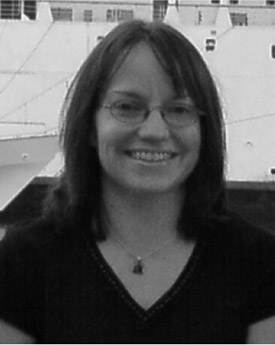
Microscopy
AFM/SPM - Keysight 5500
Location: Faraday Building A69
The Keysight 5500 Atomic Force Microscope/Scanning Probe Microscope is a high performance and highly configurable top-down scanning microscope system that offers a wealth of features. The system is versatile – changing between the many possible imaging modes is facilitated by the use of modular sample plates and cantilever nose cone assemblies. The system can image in air, fluids, and under controlled environmental and temperature conditions in contact or alternating contact (acoustic & magnetic) modes.
- Force Modulation Microscopy (FMM)
- Dynamic Lateral Force Microscopy (DLFM)
- Force Spectroscopy
- Magnetic Force Microscopy (MFM)
- Electrostatic Force Microscopy (EFM)
- Kelvin Force Microscopy (KFM)
- Current Sensing AFM (CSAFM)
- Scanning Electrochemical Microscopy (SECM)
- Scanning Tunneling Microscopy (STM)

SEM - JEOL JSM-7800F
Location: Faraday Building A72
The JEOL JSM-7800F is JEOL’s industry-leading highest performance Field Emission SEM with ultrahigh-resolution at ultra-low kV imaging. It has a magnification range of 25× to 1,000,000×, accelerating voltage of 10 V to 30 kV, probe a current range of a few pA to 200 nA and a resolution of 0.8 nm @ 15 kV.
Unique JEOL features such as the Super Hybrid Lens (SHL) enable the study of magnetic materials at high magnification. The Large Depth of Focus (LDF) mode enables observation of large areas at high tilt with minimum image distortion. JEOL’s beam deceleration (Gentle Beam, GB) function reduces charging, specimen contamination and improves surface detail – significantly advancing the ability to image insulating (ceramic, semiconductor & polymer) specimens with nanometre-scale resolution. Low voltage SEM enables a variety of biological and material science specimens to be analysed without surface modification.
The JSM-7800F is fitted with the latest generation high analytical performance X-ray Energy Dispersive Spectrometer (EDS) (X-Max50, large area 50 mm2 Silicon Drift Detector (SDD) from Oxford Instruments) which allows fast mapping of elemental maps and can operate in low kV conditions for analysing beam sensitive specimens.

Nanofabrication
Nanoscribe Photonic Professional GT
Location: Faraday Building A69
The Nanoscribe Photonic Professional GT is the fastest microscale 3D printer available with an achievable feature size of 1 µm and smaller. The system employs femtosecond laser pulses to cure polymers at the nanoscopic level - a technique known either as Direct Laser Writing (DLW) or Two-Photon Polymerization (2PP). Fabrication of complex micro– and nanostructures in various photocurable materials such as industry-standard photoresists, hybrid sol-gels and, biocompatible and biodegradable materials (e.g. hydrogels and proteins) is possible.
Two writing modes ensure challenging designs can be realised:
- galvo – enables a fast layer by layer writing approach, suitable for micrometre to millimetre scale structures
- piezo – enables ultra-precise arbitrary x-y-z trajectories for highly complex structures
Amongst the growing number of application areas for 3D microprinting are:
- Optical - photonic crystals & metamaterials, waveguides, interconnects, lenses, diffractive optical elements
- Micro- and nanofluidics - filters, mixers, nozzles and valves
- Biological - cell culture surfaces, biomimetic surfaces, 3D tissue engineering scaffolds and cell encapsulation



